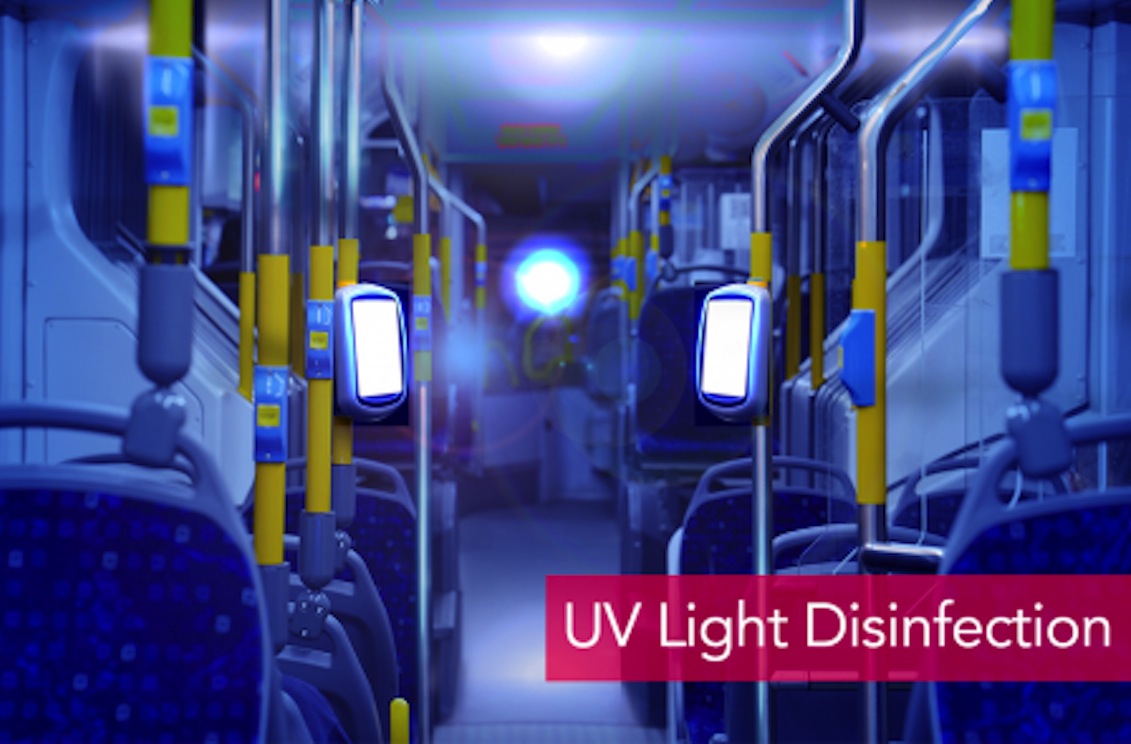Killing Coronavirus with UV LEDs

Researchers show how SrNbO3 holds promise as a transparent electrode for high-performance UV LEDs
A personal, handheld device emitting high intensity ultraviolet light to disinfect areas by killing the Coronavirus is now feasible, according to researchers at Penn State, the University of Minnesota and two Japanese universities.
High performance UV emitting LEDs promise a portable, long-lasting, energy efficient and environmentally benign method of disinfection. While these LEDs exist, applying a current to them for light emission is complicated by the fact that the electrode material also has to be transparent to UV light.
“You have to ensure a sufficient UV light dose to kill all the viruses,” said Roman Engel-Herbert, Penn State associate professor of materials science, physics and chemistry. “This means you need a high-performance UV LED emitting a high intensity of UV light, which is currently limited by the transparent electrode material being used.”
While it has been a long-standing problem to find transparent electrode materials operating in the visible spectrum for displays, smartphones and LED lighting, the challenge is even more difficult for ultraviolet light.
“There is currently no good solution for an UV-transparent electrode,” said Joseph Roth, Ph. candidate in Materials Science and Engineering at Penn State. “Right now, the current material solution commonly employed for visible light application is used despite it being too absorbing in the UV range. There is simply no good material choice for a UV-transparent conductor material that has been identified.”
Finding a new material with the right composition is key to advancing UV LED performance. The Penn State team, in collaboration with materials theorist from the University of Minnesota, recognised early on that the solution for the problem might be found in a recently discovered new class of transparent conductors. When theoretical predictions pointed to the material SrNbO3 (strontium niobate), the researchers reached out to their Japanese collaborators to receive SrNbO3 films and immediately tested their performance as UV transparent conductors. While these films held the promise of the theoretical predictions, a deposition method had to be found to integrate these films in a scalable way.
They tried to grow these films using sputtering. This a critical step towards technology maturation which makes it possible to integrate this new material into UV LEDs at low cost and high quantity. And this is what both believe is necessary during this crisis.
“While our first motivation in developing UV transparent conductors was to build an economic solution for water disinfection, we now realise that this breakthrough discovery potentially offers a solution to deactivate COVID-19 in aerosols that might be distributed in HVAC systems of building,” Roth explains. Other areas of application for virus disinfection are densely and frequently populated areas, such as theatres, sports arenas and public transportation vehicles, such as buses, subways and airplanes.
This work was supported by the National Science Foundation through the DMREF program and a Graduate Research Fellowship as well as the Japan Society for the Promotion of Science KAKENHI program.
'SrNbO3 as a transparent conductor in the visible and ultraviolet spectra' by Yoonsang Park et al; Communications Physics volume 3, Article number: 102 (2020)


































